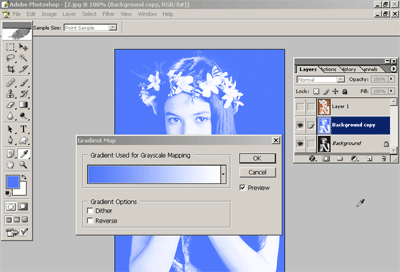
You’ll find it under the Plugins tab on the right side of your screen, and it should appear at the top of the plugin panel.ĪfterShot’s Black and White plugin gives you ultimate control of the final result.
#Image convert to black and white pro
You can do this quickly by just sliding the saturation slider all the way to the left.įor even more control and better results, AfterShot Pro has its very own Black and White plugin. The quickest way to get a preview of what an image will look like in black and white is to simply remove all color from the image while preserving the luminosity. These are often good candidates for black and white shots. For instance, mixed fluorescent and tungsten lighting, or some other strange color shift that might occur when using a filter.

Sometimes the image still might not work, but if it’s a strong image that is degraded by color noise, this can often be the only way to “save” that shot.Īnother thing that might make me want to convert to black and white is if the color temperature is just too bizarre to fix.
#Image convert to black and white iso
Generally speaking, if I take a photo at a high ISO sensitivity and the resulting image has a lot of color noise, that’s usually a good reason for me to convert to black and white. There are definitely some situations that make the decision to convert a lot easier for me. While I really like the orange color in the middle and the orange construction barrier on the right side, the all-white sky and the long shadows make me think this might look better in black and white. Take, for instance, this image I shot a couple weeks ago around sunset as I walked west facing the sun. Sometimes I’ll even have the two versions side by side and I still can’t decide which I like better! It can be a tough call sometimes and in the end the decision usually boils down to your own personal preferences. Other people, myself included, look at an image in post and wonder whether it would look better in black and white or in color.

If you’re one of those people, I personally think you’re pretty lucky and don’t really need to make this choice. Some people prefer black and white images in general, and either shoot exclusively on black and white film or convert all of their images to black and white. There are probably dozens upon dozens of ways to convert an image from color to black and white, and many different decisions you can make along the way to give a photo the type of feel that you want. Today, I’ll go over a quick and easy way to transform your color photos into stunning black and white images using AfterShot Pro. Most of the time, this is a personal aesthetic choice though, in some cases may be a necessity, such as printing for a black and white publication. Unless you shoot black and white film or are lucky enough to own the Leica M Monochrom (a digital camera that shoots only in black and white), getting an image from color to black and white can sometimes be a troublesome process when trying to retain detail and apply the perfect balance of settings.


 0 kommentar(er)
0 kommentar(er)
